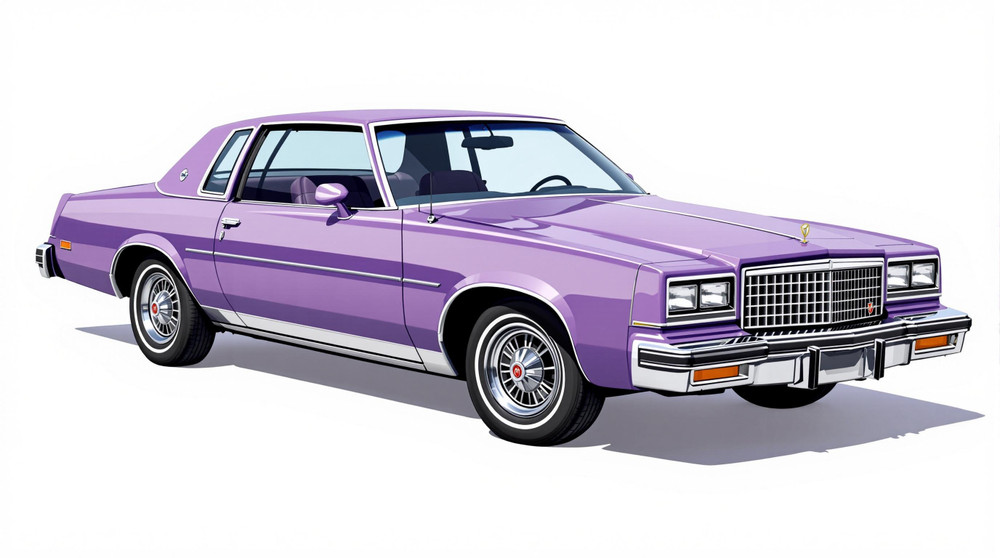Image of 1978 Buick Opel, Note: These illustrations use artistic license and may differ from actual historical models.
Performance Metrics
Fundamental Metrics
Emotional Appeal
MMP Rating
| Engine Specifications | Performance Specifications | Transmission and Drive | Fuel and Efficiency | Dimensions and Brakes | |||||
|---|---|---|---|---|---|---|---|---|---|
|
Engine Options: Inline 4 Displacement Range: 1.9L Horsepower Range: 90 HP Torque: 112 lb-ft Compression Ratio: 8.5:1 Ignition System: Electronic Cooling System: Water-cooled |
0-60 Time: 12 seconds 1/4 Mile Time: 18 seconds Top Speed: 105 mph |
Drive Type: RWD Transmission Type: 4-speed manual |
Fuel System Type: Carburetor MPG: 25 MPG |
Brakes: Disc front, drum rear Wheelbase: 95.7 inches Weight: 2,200 lbs |
|||||
Note: Specifications for classic cars are given to the best of our ability, considering the limited and variant data available.
Unveiling the Understated Elegance of the 1978 Buick Opel
Stepping into the limelight with an aura of understated elegance, the 1978 Buick Opel was a unique automotive creation that blended American and European design philosophies. Born from a collaboration between General Motors' Buick division and Germany's Opel, this vehicle emerged during a time when fuel efficiency and smaller cars were becoming increasingly important in the American market. A unique fact that might pique your interest is that despite its Buick branding, the '78 Opel was largely a rebadged Opel Kadett C, which was quite popular in Europe.
Design and Innovation
The exterior of the 1978 Buick Opel boasted clean lines and a no-nonsense profile, reflecting its European heritage. The car's design was simple yet functional, with a prominent grille and round headlights that gave it a friendly face. Inside, occupants were greeted with a cabin that prioritized straightforward comfort over luxury. Materials were durable, if not particularly lavish, befitting its economical intentions. Technologically, the '78 Opel featured innovations like rack-and-pinion steering—a rarity among American-branded cars of the time—and front disc brakes. Color options ranged from subdued earth tones to more vibrant hues, with shades like Antique White and Fireglow Red being among the popular choices. The most iconic body style was arguably the two-door coupe, which captured the essence of compact practicality.
Historical Significance
The 1978 Buick Opel didn't just represent a car; it symbolized a shift in American automotive culture towards global collaboration and fuel efficiency. It set itself apart from contemporaries with its European engineering and modest footprint on American roads. While not as revolutionary as some models, its existence paved the way for future international partnerships in automobile manufacturing.
Performance and Handling
Performance-wise, the '78 Opel wasn't built to break records. Its top speed and acceleration (0-60 mph) were modest by today's standards but adequate for its era's expectations. On various driving conditions, it offered a compliant ride quality and handled bumps with poise thanks to its well-tuned suspension. Drivers often praised the car for its nimble handling on windy roads, attributing this agility to its lightweight construction and balanced chassis.
Ownership Experience
As for ownership experience, the 1978 Buick Opel served many as a reliable daily driver while also finding a niche among car enthusiasts who appreciated its simplicity and ease of maintenance. Parts were generally accessible due to its shared DNA with other GM products, making repairs straightforward for the average owner.
Fun Facts
In terms of trivia, while not known for breaking speed records or being owned by an extensive list of celebrities, the '78 Opel had its share of quirks. For instance, some models came equipped with an "economy" gauge that aimed to help drivers maximize fuel efficiency—a feature ahead of its time. Although it faced criticisms for being underpowered compared to some domestic rivals, it held its own as an economical choice during an era of rising fuel prices.
Collector's Information
Today, collectors might find that the 1978 Buick Opel holds more sentimental value than monetary worth. With production numbers not exceptionally high due to its niche appeal, surviving examples can be somewhat rare finds. Current value ranges for collectors can vary widely based on condition but typically fall within an affordable bracket compared to more iconic classics. As such vehicles often appreciate due to their rarity and uniqueness over time, well-maintained examples could fetch higher prices among dedicated enthusiasts.
Conclusion
The 1978 Buick Opel stands as a testament to an era when automotive giants began embracing global influences and economic sensibilities. While it may not have been the flashiest or fastest car on the road, it offered dependable transportation with a touch of international flair—qualities that continue to endear it to classic car aficionados today.
1978 Buick Opel Catalog of Parts
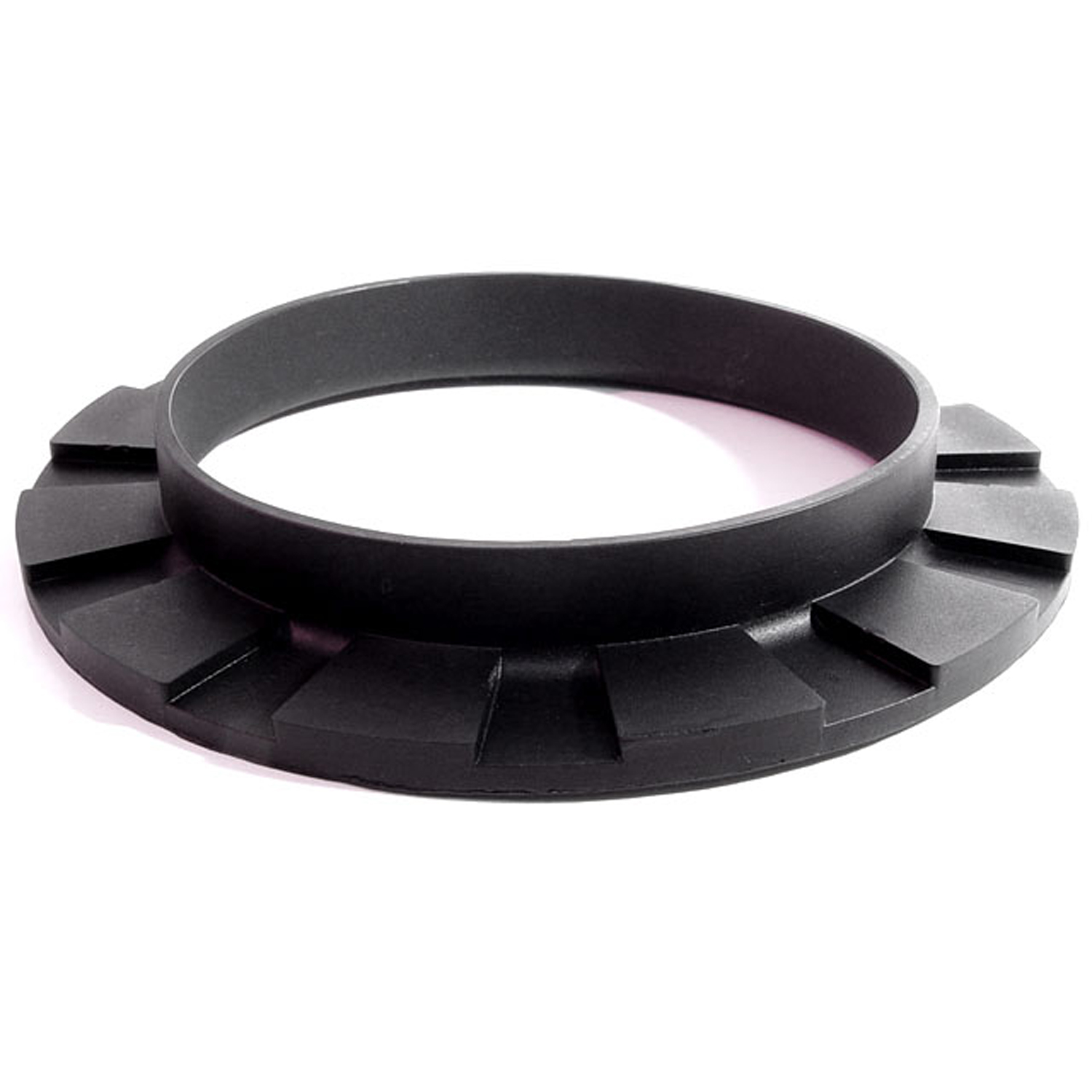 1978 Buick Opel Front coil-spring insulator-BN 110Front coil-spring insulator. Fits '41-'60 Oldsmobile and '50-'83 GM passenger models. 5-3/8 in. OD x 3-3/4 in. ID x 3/4 in. high with 13/16 in. wide bottom flange 1/4" thick, 12 flutes. Each.
1978 Buick Opel Front coil-spring insulator-BN 110Front coil-spring insulator. Fits '41-'60 Oldsmobile and '50-'83 GM passenger models. 5-3/8 in. OD x 3-3/4 in. ID x 3/4 in. high with 13/16 in. wide bottom flange 1/4" thick, 12 flutes. Each.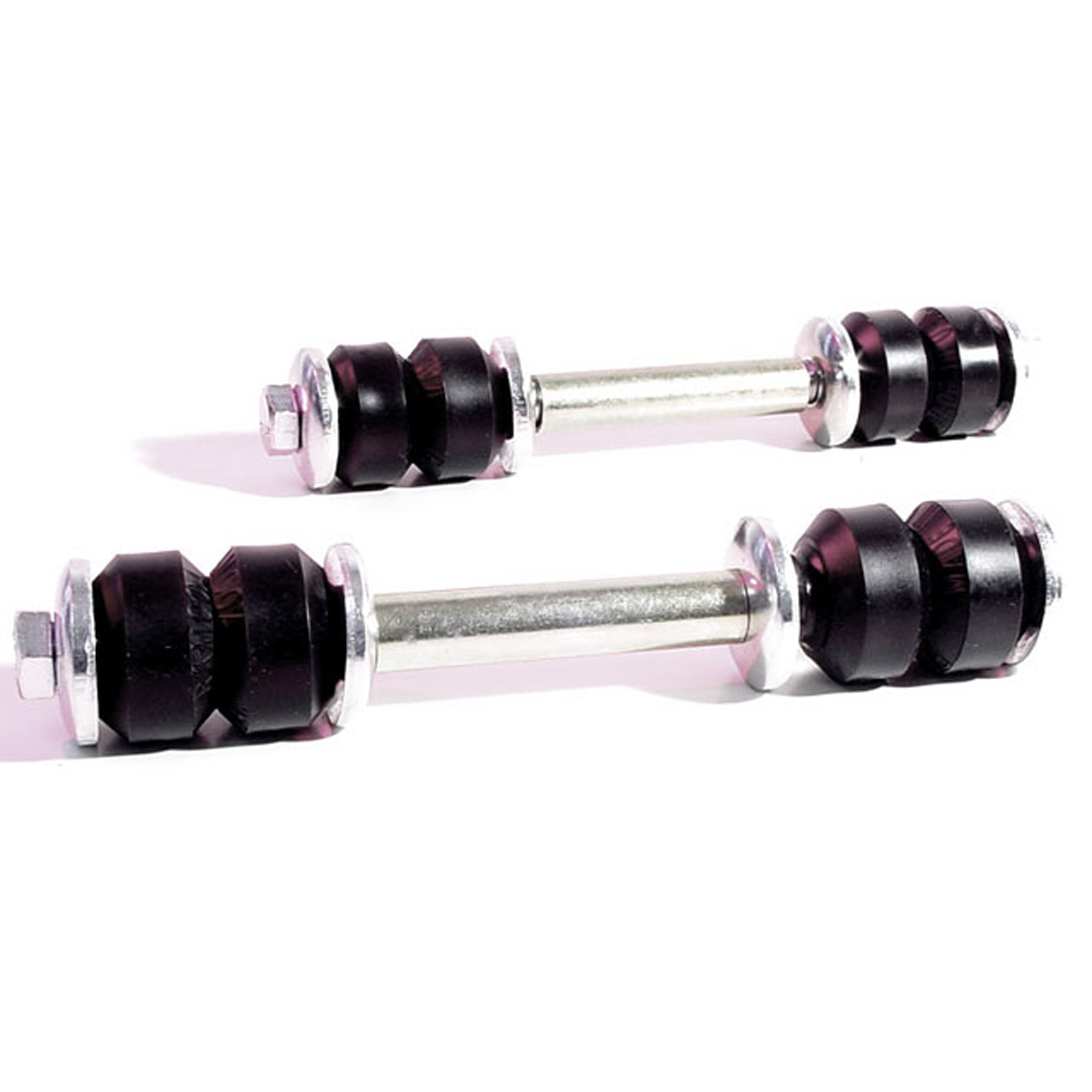 1978 Buick Opel Front Stabilizer End Repair Kit-BNK 23Front Stabilizer End Repair Kit. 22-piece set for two stabilizer bars. Contains all rubber bushings, washers, bolts and nuts, enough for one front end. Set
1978 Buick Opel Front Stabilizer End Repair Kit-BNK 23Front Stabilizer End Repair Kit. 22-piece set for two stabilizer bars. Contains all rubber bushings, washers, bolts and nuts, enough for one front end. Set 1978 Buick Opel Trunk Liner. Loose weave, jet black. 50" wide-M 30Trunk Liner. Loose weave, jet black. 50" wide. Sold by the foot
1978 Buick Opel Trunk Liner. Loose weave, jet black. 50" wide-M 30Trunk Liner. Loose weave, jet black. 50" wide. Sold by the foot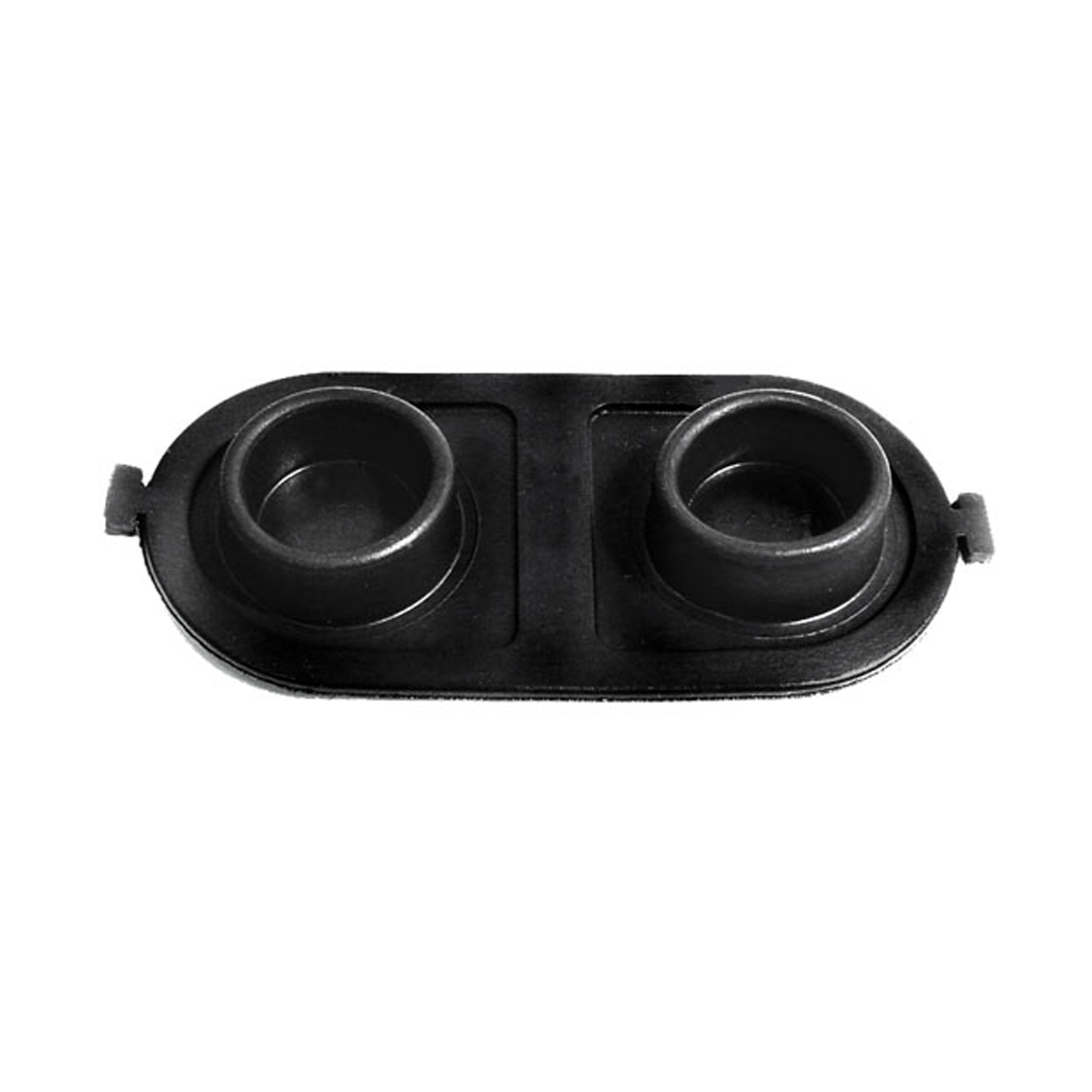 1978 Buick Opel Brake Master Cylinder Cover Seal. Replaces OEM #5470861-RP 2-EBrake Master Cylinder Cover Seal. Replaces OEM #5470861. 5" X 2-1/2". Each
1978 Buick Opel Brake Master Cylinder Cover Seal. Replaces OEM #5470861-RP 2-EBrake Master Cylinder Cover Seal. Replaces OEM #5470861. 5" X 2-1/2". Each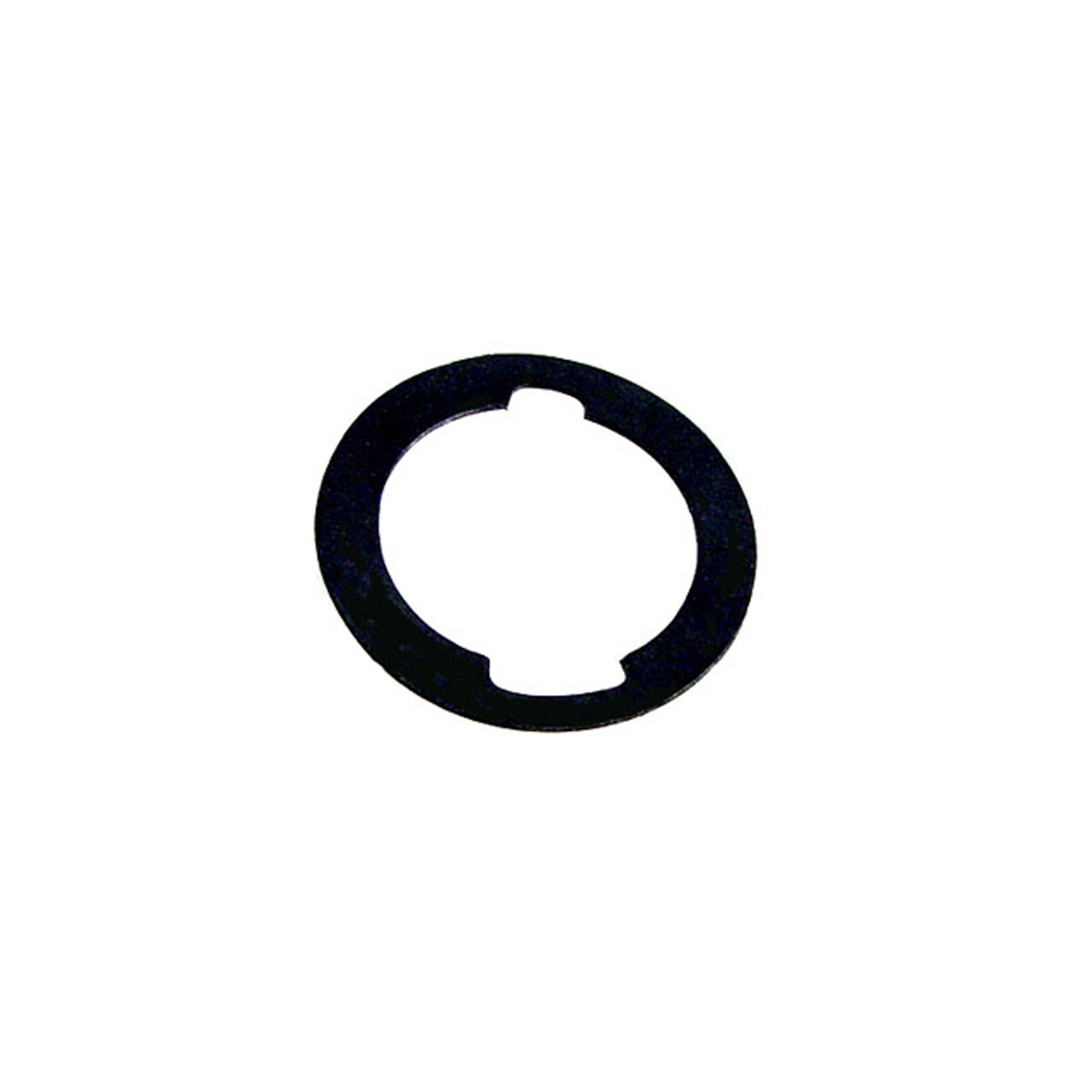 1978 Buick Opel Unbeaded Door and Trunk Lock Gasket. 1-3/16" O.D., 7/8" I.D-UM 1600-100Unbeaded Door and Trunk Lock Gasket. 1-3/16" O.D., 7/8" I.D. Each
1978 Buick Opel Unbeaded Door and Trunk Lock Gasket. 1-3/16" O.D., 7/8" I.D-UM 1600-100Unbeaded Door and Trunk Lock Gasket. 1-3/16" O.D., 7/8" I.D. Each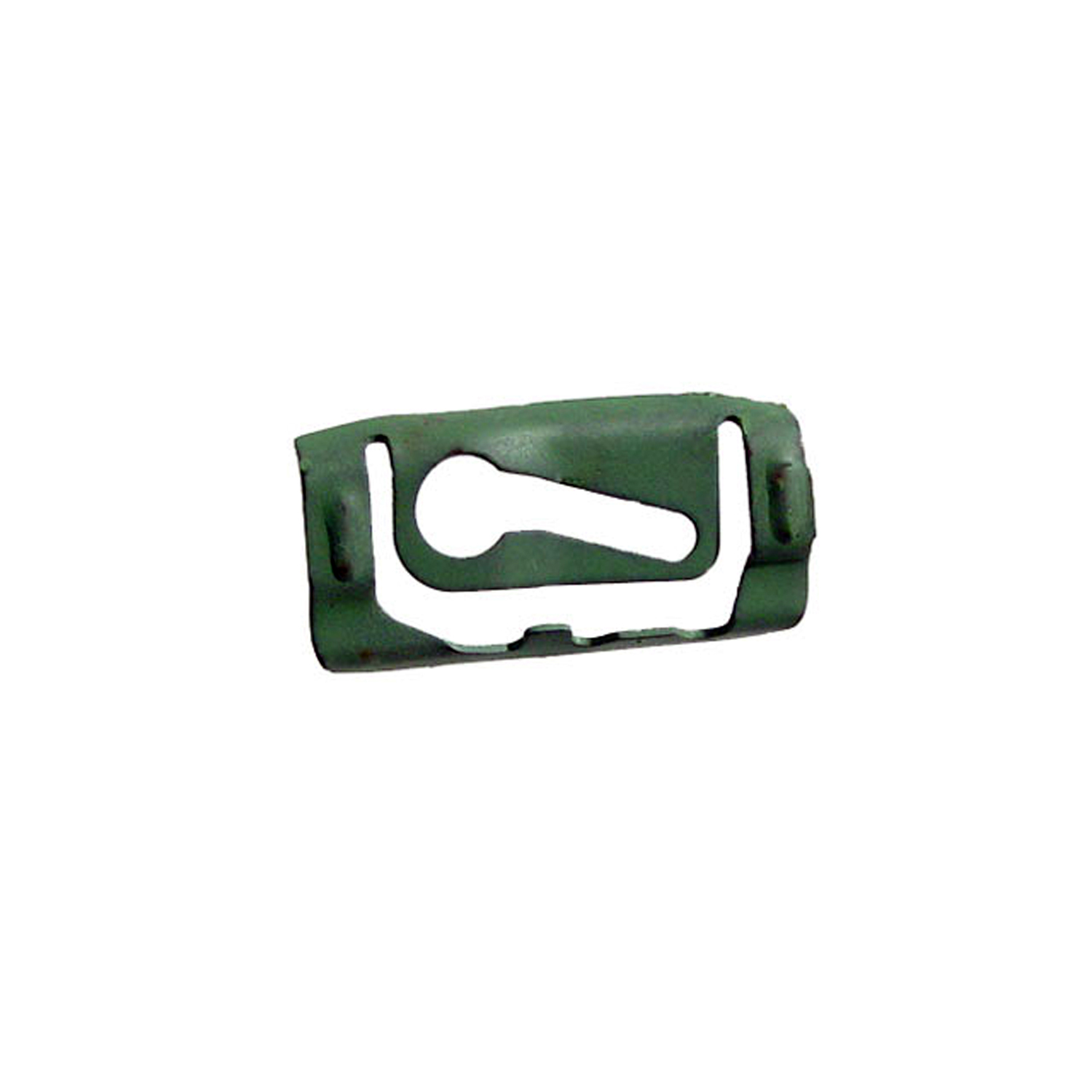 1978 Buick Opel Quarter Window Reveal Molding Clip. Made of Steel-WF 205Quarter Window Reveal Molding Clip. Made of Steel. 1-3/8" X 11/16". Each
1978 Buick Opel Quarter Window Reveal Molding Clip. Made of Steel-WF 205Quarter Window Reveal Molding Clip. Made of Steel. 1-3/8" X 11/16". Each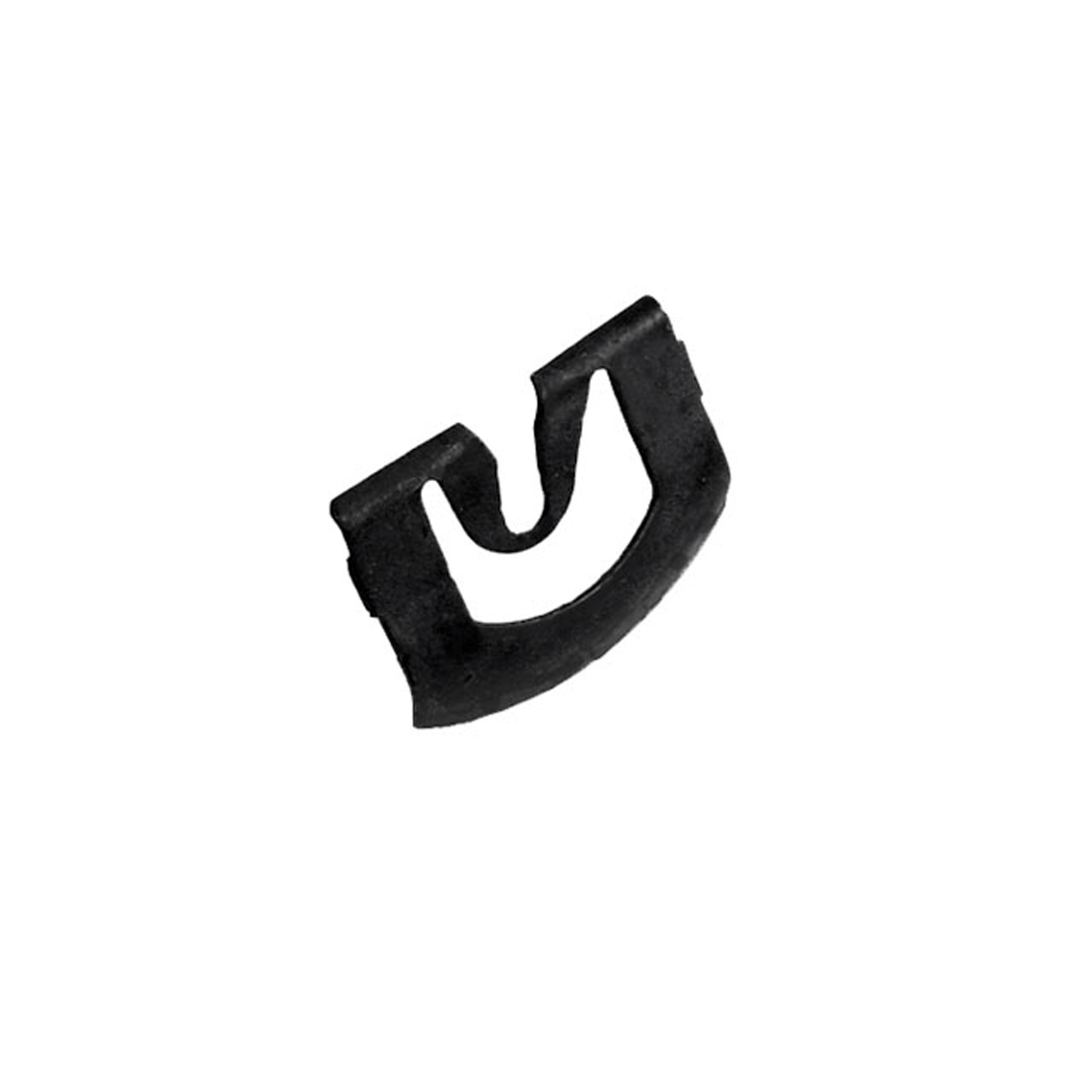 1978 Buick Opel Windshield Reveal Molding Clip. Made of steel. 13/16" x 1"-WF 209Windshield Reveal Molding Clip. Made of steel. 13/16" x 1". Each
1978 Buick Opel Windshield Reveal Molding Clip. Made of steel. 13/16" x 1"-WF 209Windshield Reveal Molding Clip. Made of steel. 13/16" x 1". Each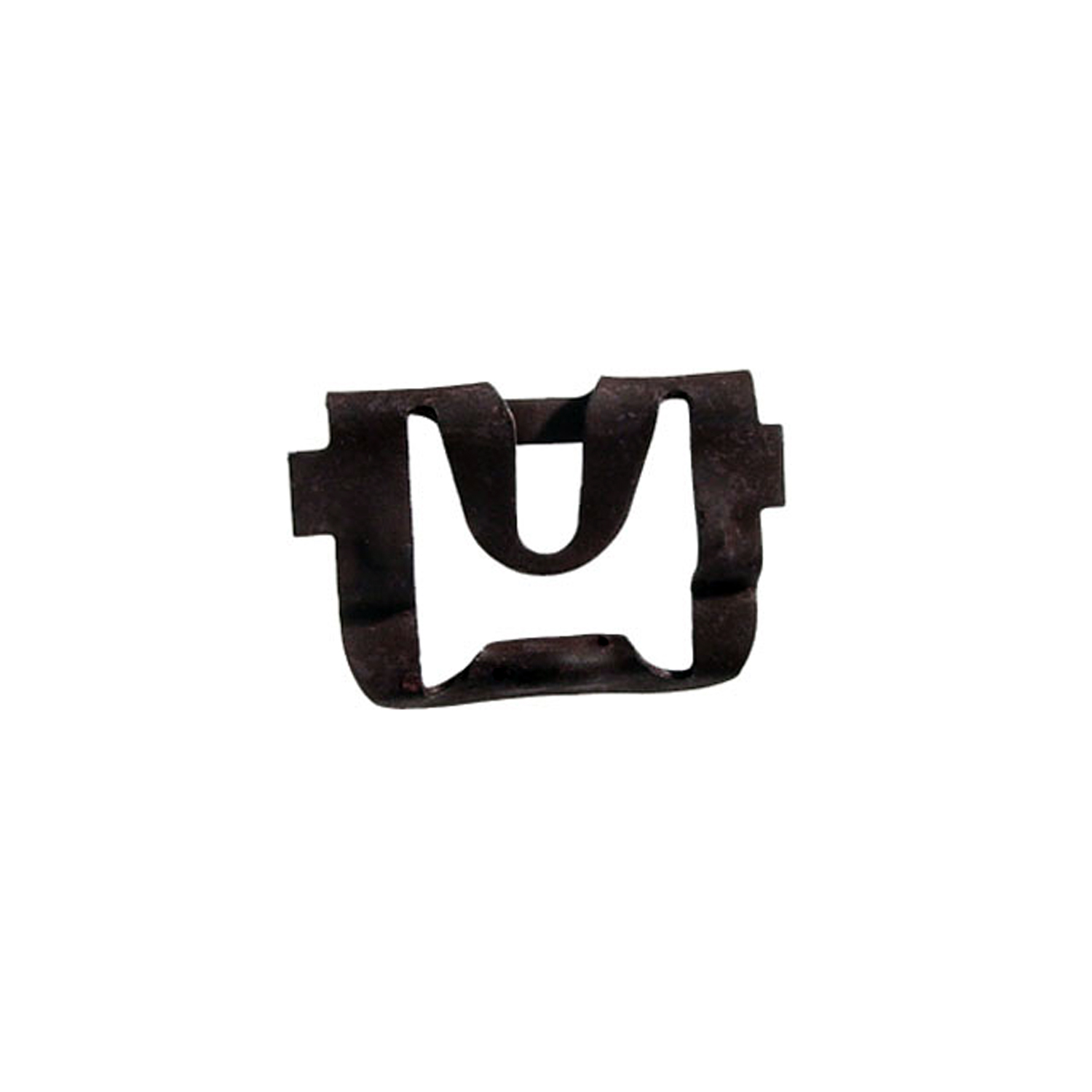 1978 Buick Opel Rear Windshield Reveal Molding Clip. Made of steel-WF 211Rear Windshield Reveal Molding Clip. Made of steel. 15/16" X 3/4". Each
1978 Buick Opel Rear Windshield Reveal Molding Clip. Made of steel-WF 211Rear Windshield Reveal Molding Clip. Made of steel. 15/16" X 3/4". Each 1978 Buick Opel Lower Side Window Reveal Molding Clip. Made of nylon-WF 214Lower Side Window Reveal Molding Clip. Made of nylon. 1-1/4" x 3/4". Each
1978 Buick Opel Lower Side Window Reveal Molding Clip. Made of nylon-WF 214Lower Side Window Reveal Molding Clip. Made of nylon. 1-1/4" x 3/4". EachWhy Choose Metro?
For over 100 years, Metro Moulded Parts has been the pinnacle of quality in classic car restoration parts. Our commitment to precision and authenticity in every component ensures a perfect fit and an OEM-level appearance.
- Expert Craftsmanship & Quality: Each part is a testament to our dedication to reliability and perfection, crafted from original designs and thoroughly tested.
- Advanced Technology: We use cutting-edge techniques to create flawless, long-lasting parts that surpass others in performance.
- SuperSoft Sponge – The Ultimate Door Seal: Not only are our door seals 30% softer than competitors', but they're also guaranteed to never leak. They effectively reduce wind and road noise, enhancing your classic car's comfort and driving experience.
- Proudly American: Our parts are a product of American craftsmanship, made in the USA with a spirit of excellence and heritage.
- Unrivaled Warranty: We back our products with a 30-year industry-leading warranty, a testament to our confidence in their quality.
Join us in preserving the legacy of classic cars with parts that are crafted for perfection, not just made.

